-
Posts
5,447 -
Joined
-
Last visited
Content Type
Profiles
Forums
Events
Posts posted by Gixer1460
-
-
Word of caution - Gasgacinch...... http://gasgacinch.com/home/products/ is not ideal with paper /card type gaskets. Its more of a metal to metal type product. I've used it religiously for copper head gaskets in turbo builds and never had a leak. Grease on the paper / card ones or used dry - reuse thicker ones once / twice if you are lucky or expect leaks.
-
You emphatically do not have to remove the cylinder studs to get the head off - no matter how claggy they are! There are 12 nuts and one M6 screw - if these are all on the bench it is just gasket sticksion holding them together. A dead blow hammer aimed upward or a carefully applied pry bar across the joint between the fins and twisted NOT smacked with a hammer usually breaks the seal! Trying to remove cylinder studs prior to removing the head would try the patience of a saint as there is little enough thread to get one nut on!
-
 1
1
-
-
Nope! I've used two cable and single cable throttles and noticed no difference but i've heard they can get sticky if old!
-
 1
1
-
-
Few extra $$$ - yeah like double'ish! I got RS40's and some FCR41's - both work good on my big GSXR but the RS's do rattle a bit (which is oldskool init!)
-
 2
2
-
-
57 minutes ago, Rene EFE said:
I'd love to use one off a Superdream, which is supposed to be the best one.
Step this way.........welcome to the Dark Side! You know you want it - don't fight it.

-
 2
2
-
-
Hoping this is for a turbo build? Most use the float bowl vents for boost pressure lines.
-
I managed to use a modified Star Racing Pro Spyder in a Kat frame using GSXR 400 USD's without a rake. It wasn't modified for fit just cos I used a GSXR head on an EFE bottom end.
-
 2
2
-
-
As V&H and others were active in ProStock, these systems were / are designed to work at high rpm's - 12/13,000+ rpm due to short and fat primaries - 20 odd" x 1 and 7/8th" and to me, adding 'silencing' just eats hp through back pressure!
-
 2
2
-
-
Hole centers will be ok but too big for a snug sliding fit - you'll have to add sleeves to enlarge the carb diameter.
-
 1
1
-
-
19 hours ago, no class said:
Gen 1 busa rods have identical size big/ small ends as oilcooled.....but are longer (119.5). The oil cooled are 117
And above Co does a 117mm long rod - probably to decompress a turbo bus?
-
Yeah - cut / grind them back till you've got at least a couple of millimeters of metal section. Anything less can glow and cause detonation and / or melt, smear down the bores / over the rings then its rebore time!
-
 1
1
-
-
18 hours ago, johnr said:
but remember that the over engineered gsx cams werebuilt for an engine running considerably lower oil pressure than the gsxr engine delivers, perhaps the wider cam caps were designed with lubrication in mind rather than strength to hold the cams down. gsxr pumps deliver vast quantities of oil at high pressure, the gsx pump delivers low volume and low pressure, due to the roller crank. reducing the bearing surface area in the head might be a problem in use. it may all be ok, but im just pointing out that the wider bearing areas on the aircooled motors may be to provide adequate lubrication.
In both motor designs the oil flow to the heads is restricted with brass drilled plugs the cases - identical flow due to cam bearing tolerances / design being identical. Lower pressure pump only used due to splash fed roller bearings, shell bearings need higher hence difference.
-
Take all the sharp edges off the valve cut-outs - blend them or remove them or they will melt and make a mess!
-
 1
1
-
-
14 hours ago, no class said:
The gsxr cams are shorter than the gsx...they do however drop into the gsx head ..... the inner 4 cam caps are doubled up on the gsx which will not work with the gsxr cams.... but..... The single cam caps on the gsxr will work . The cams being shorter will sit about 70 percent of the outer bearing surface on both sides .
Hmmm - subject to the lift available compared between the two, i'd almost be tempted to try them. The GSXR cam caps show that the GSX width ones were 'over engineered' so as long as the cams enclosed the oil ways they should work.
-
 1
1
-
-
The exhaust on my Kawazuki was bespoke obviously and had longer primaries and secondaries than would be usual for a std GSXR. At a guess (bike got sold last year) the primaries were 28 - 30" long and joined to the secondary's either side of the sump vee. These were about 12-14" long before the Y joint to the repacked V&H Supersport can. It make a bloody flexible, torquey 1186 motor - 144hp and 92 ftlbs using DJ kitted 36mm CV's. Got some pic's somewhere which i'll post later.
-
Question - Will GSXR cams fit in a GSX head? I know there'll be one surplus bearing journal but otherwise ? ? ?
-
 2
2
-
-
11 hours ago, Gammaboy said:
Scrap my comment about being a TTF1 frame, for some reason Google was showing me Mag 2s and Mag 4s when I googled Mag 3 - just googled Mag 3 again and this baby came up:
http://sinlesscycles.com/index.php/past-sins/detail/1985-harris-magnum-3
Never realised the Mag 3 was so divorced from the Mag2-4-5 evolutionary path.
Seeing those pictures - timewarp! - the footrest plates do nothing for the looks - yes they serve multiple purposes but must have taken days of milling (pre CNC!) and cost a fortune! A M8 had a 3 with a 1000RX motor and candy cherry red paint - how I lusted after that bike but it went to another M8 and became a dragbike ,,,,,,,,, can't ever remember it having those plates though! I'll find some piccies later.
-
Hmmm - Bollux! I built my first one over 20 years ago and EVERY ride was an experience - loud, raw and involving. They aren't supposed to be 'normal or ordinary'. Mine was a suck through / S&S carb'd toy that would trundle around 'normally' at legal speeds on the edge of boost, then whoosh it would pull yer arms out. The low comp comment demonstrates the divide between old tech and new tech with what is required/expected. Low comp + lots of boost = light switch power with big top end........ Decent comp + moderate boost = driveable power and ok top end ........ Decent comp + built proper with clever ECU + high boost = driveable and monster power!
-
 5
5
-
-
Depends on whether the crankcase opening up boring has broken through into the oil transfer gallery? GSXR's aren't so critical as the old GSX cases as 1340 is only a 3mm increase in bore radius whereas the GSX were using 4-5mm rad increases for a big bore. Also it helped cooling keeping oil out of the 'hot' block but as the oil boilers have pretty uniform temps throughout its not so critical. External lines can be done, but i've never seen it done on a oiler block.
-
14 hours ago, sharpy said:
Don't know about the welding but it looks factory standard as supplied with EFE cranks - aftermarket is usually more full circle and looking at an enlarged view of the gear it actually looks HELICAL not straight cut!
-
I've got one here exactly the same and as far as i'm aware, there is knob all you can easily do about it - the alloy is cast around the steel so can't be removed. You could clock it up in a rotary table on a drill press and add some steel dowel pins across the joint - that'll stop the movement .......................................or you could ignore it and live with the rattle!
-
I'd say if you have a deadheaded line, the pressure in it will be higher than when fuel is flowing. I prefer to put full pump pressure over the carbs with FPR after, with return back to tank - no deadhead and pressure should read static pressure at the carbs correctly.
-
More than sufficient! In fact all 'regular' Pingle taps 1 out, 2 out, 3 out are all fed via one 8mm pipe into the tank.
-
Isn't the '94 GSXR750 a water boiler as opposed to the oil boiler '92? So most of the parts std or aftermarket won't be swoppable!



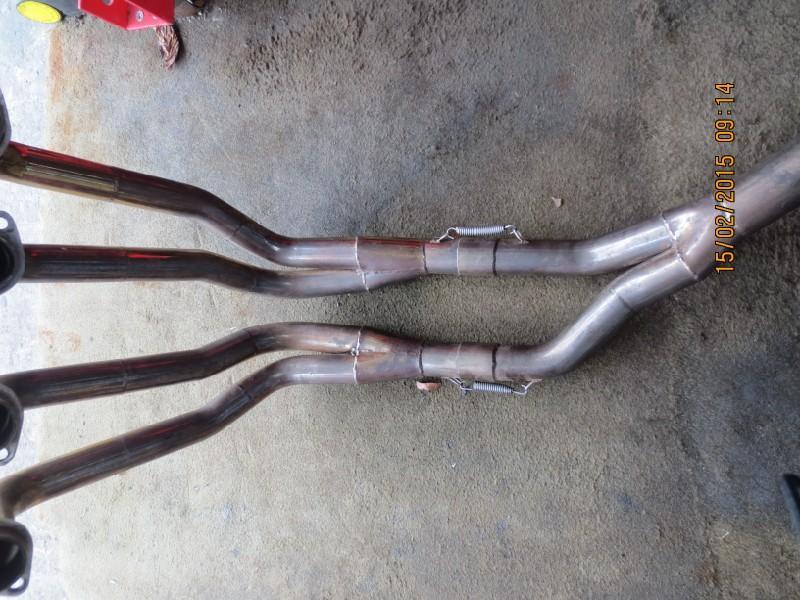
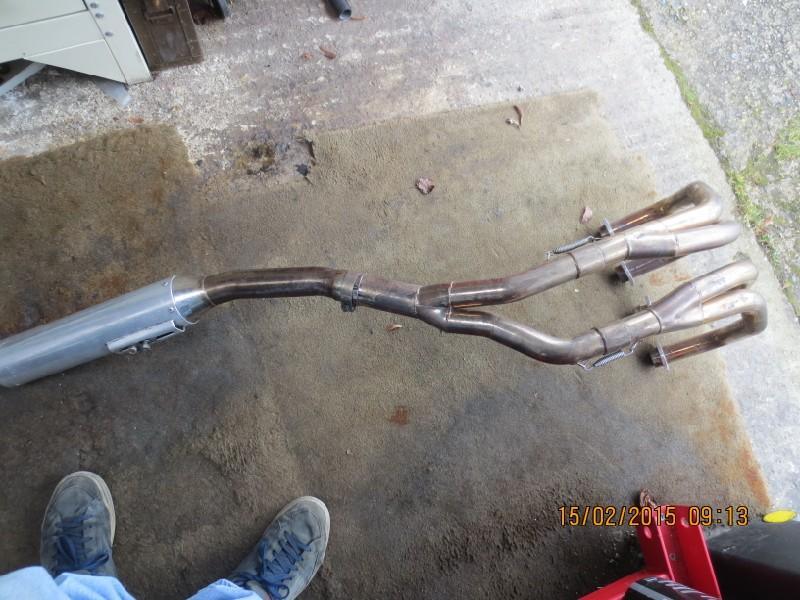
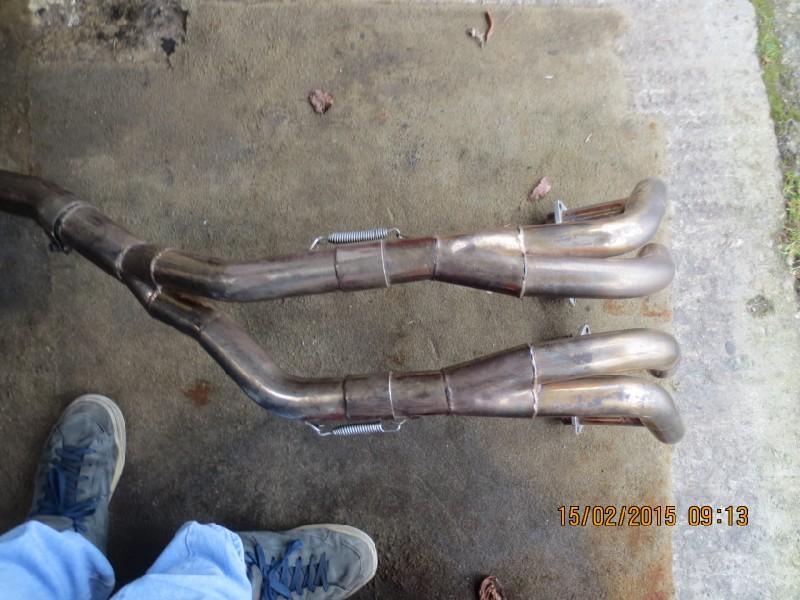
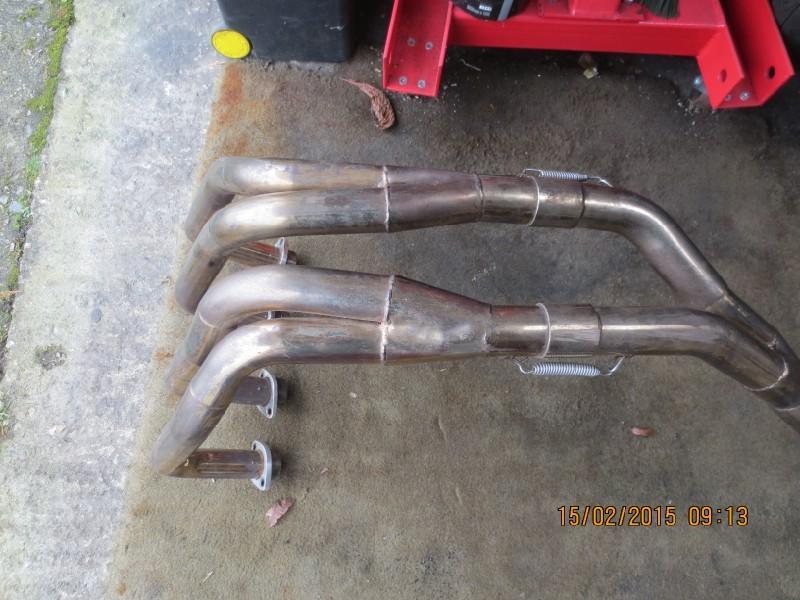
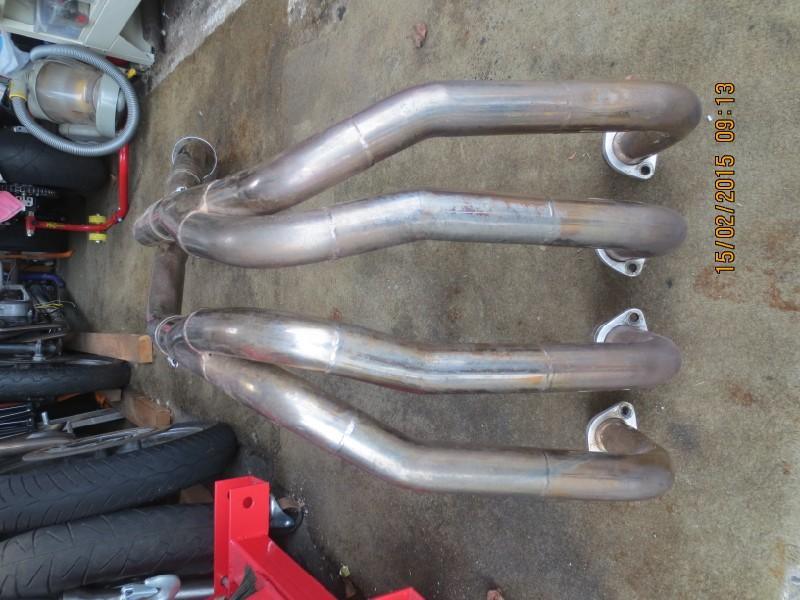
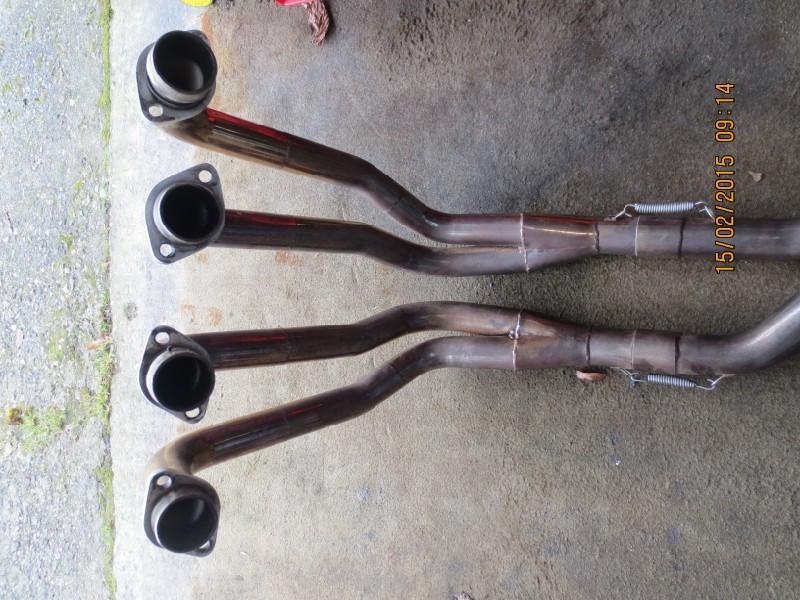
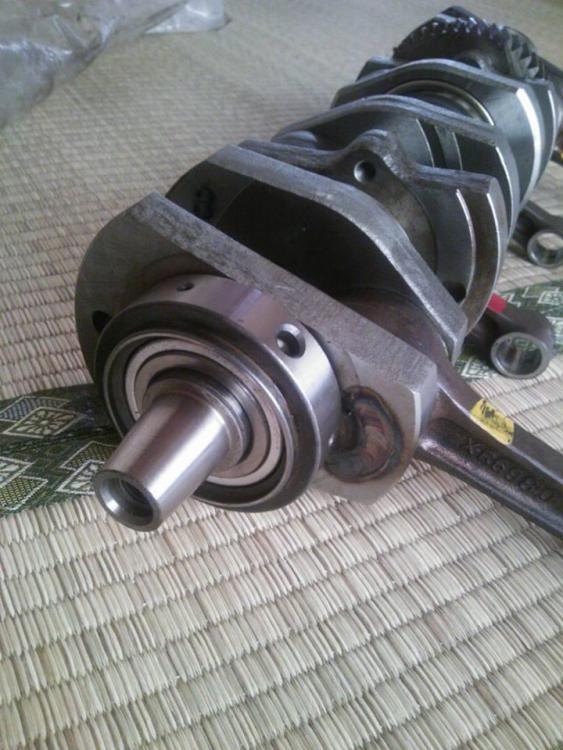
Bailey single piston dump valve spring
in Forced Induction
Posted
BOV's are supposed to open under high vacuum ie. at idle so the fluttering is normal.